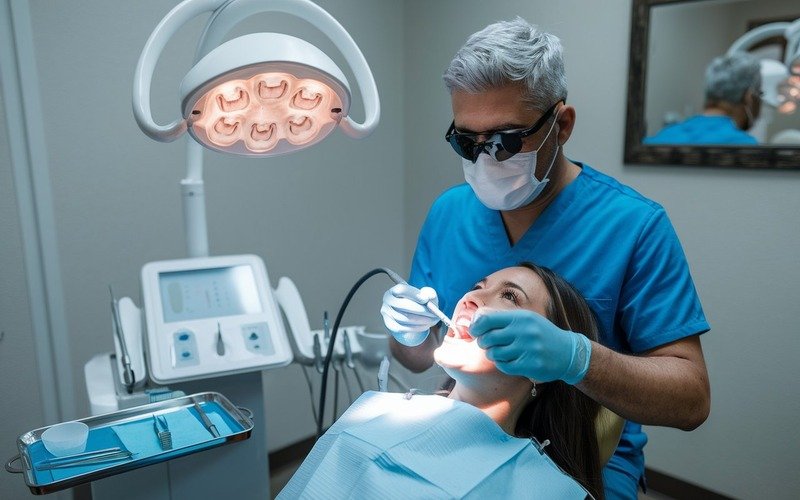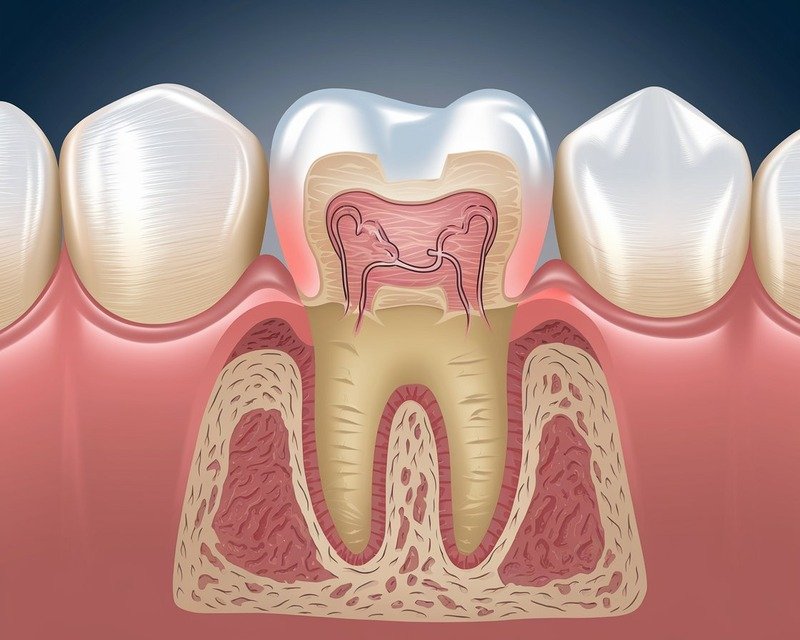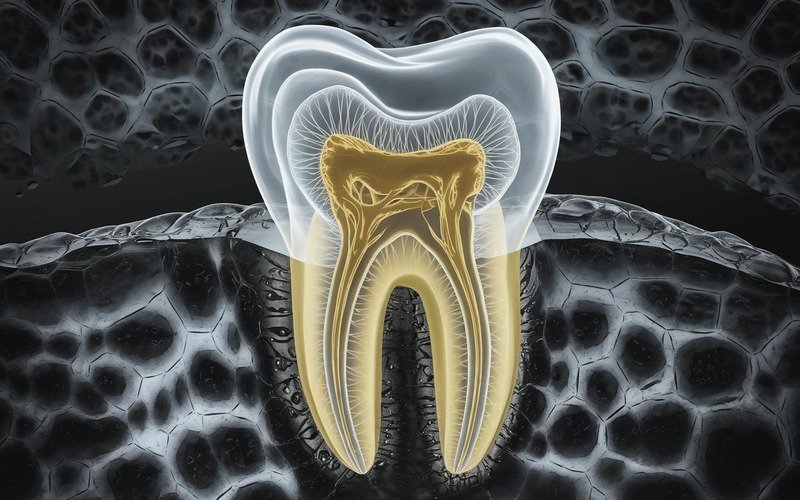When it comes to achieving a straighter, healthier smile, choosing the right orthodontic treatment is essential. Both Invisalign and traditional braces offer effective solutions, but the best option for you depends on your individual needs, lifestyle, and preferences. At our dental clinic in Houston TX, we guide our patients through the decision-making process, helping them choose the treatment that will best meet their goals. In this comprehensive guide, we’ll explore the key differences between Invisalign and braces, the pros and cons of each, and how to determine which treatment is right for you.
Understanding Invisalign and Braces
Before diving into the comparison, it’s important to understand how Invisalign and traditional braces work.
Invisalign
Invisalign is a modern orthodontic treatment that uses a series of clear, custom-made aligners to gradually move your teeth into the desired position. These aligners are nearly invisible when worn, making them a popular choice for those who want a discreet way to straighten their teeth.
Braces
Traditional braces consist of metal or ceramic brackets that are bonded to the front of your teeth and connected by wires and elastic bands. These components work together to apply continuous pressure to your teeth, gradually moving them into the correct positions. Braces have been the standard for orthodontic treatment for decades and are effective for treating a wide range of dental issues.
Invisalign vs. Braces: Key Differences
To help you make an informed decision, let’s compare Invisalign and braces across several key factors:
1. Appearance
- Invisalign: Invisalign aligners are made from clear, BPA-free plastic, making them nearly invisible when worn. This discreet appearance is a significant advantage for those who are concerned about the aesthetics of their orthodontic treatment. Whether you’re in a professional setting, socializing, or attending important events, Invisalign allows you to straighten your teeth without drawing attention to your treatment.
- Braces: Traditional metal braces are more noticeable, with metal brackets and wires being visible on the front of your teeth. However, ceramic braces offer a less conspicuous alternative with tooth-colored brackets that blend in with your teeth. Despite these options, braces are generally more noticeable than Invisalign.
Winner: Invisalign for discretion.
2. Comfort
- Invisalign: Invisalign aligners are custom-made to fit your teeth snugly and are designed with comfort in mind. The smooth plastic material reduces the risk of irritation to your gums and cheeks, which is a common issue with traditional braces. Additionally, there are no metal brackets or wires to cause discomfort.
- Braces: Braces can cause discomfort, especially after adjustments. The brackets and wires can irritate the inside of your mouth, leading to sores and discomfort. It may take some time to get used to the feeling of braces, and you may need to use orthodontic wax to alleviate irritation.
Winner: Invisalign for comfort.
3. Removability and Convenience
- Invisalign: One of the most significant advantages of Invisalign is that the aligners are removable. This means you can take them out when eating, drinking, brushing, and flossing. As a result, there are no dietary restrictions, and maintaining good oral hygiene is much easier compared to traditional braces.
- Braces: Braces are fixed appliances, so they cannot be removed until your treatment is complete. You’ll need to avoid certain foods that could damage the brackets or wires, and oral hygiene can be more challenging.
Winner: Invisalign for removability and convenience.
4. Treatment Time
- Invisalign: The length of Invisalign treatment varies depending on the complexity of the case, but it typically ranges from 12 to 18 months. However, patient compliance is crucial; you must wear the aligners for 20 to 22 hours a day to achieve the best results.
- Braces: Traditional braces usually take 18 to 24 months to complete treatment, but they can be more effective for complex cases. Since braces are fixed, they work continuously, which can sometimes lead to faster results for certain issues.
Winner: Depends on the case. For mild to moderate issues, Invisalign may be faster. For complex cases, braces may be more effective.
5. Effectiveness
- Invisalign: Invisalign is highly effective for treating a wide range of orthodontic issues, including crowding, spacing, and mild to moderate bite problems. However, it may not be the best option for severe or complex cases.
- Braces: Braces are versatile and can treat virtually any orthodontic issue, no matter how complex. They offer precise control over tooth movement, making them the most effective option for severe cases.
Winner: Braces for treating complex cases.
6. Maintenance and Oral Hygiene
- Invisalign: Maintaining good oral hygiene is easier with Invisalign since the aligners are removable. You can brush and floss your teeth as usual, without having to navigate around brackets and wires.
- Braces: Oral hygiene can be more challenging with braces. Food particles can get trapped around the brackets and wires, increasing the risk of cavities and gum disease. Careful brushing and flossing are essential to keep your teeth and gums healthy during treatment.
Winner: Invisalign for easier maintenance and oral hygiene.
7. Cost
- Invisalign: The cost of Invisalign is comparable to that of traditional braces, depending on the complexity of the case and the length of treatment. Many dental insurance plans cover Invisalign, similar to how they cover braces.
- Braces: Traditional braces can vary in cost depending on the materials used (metal vs. ceramic) and the complexity of the case. In some cases, braces may be slightly less expensive than Invisalign, but this varies.
Winner: Depends on individual cases and insurance coverage.
Pros and Cons of Invisalign
Pros:
- Nearly invisible appearance
- Comfortable and custom-made for a precise fit
- Removable for eating, drinking, brushing, and flossing
- Easier to maintain good oral hygiene
- Fewer dietary restrictions
- Fewer office visits required
Cons:
- Requires consistent wear for 20 to 22 hours a day
- May not be suitable for very complex cases
- Potential for aligners to be lost or damaged
- Higher cost in some cases
Pros and Cons of Braces
Pros:
- Effective for treating a wide range of orthodontic issues, including complex cases
- No need to worry about losing or forgetting to wear aligners
- Can be customized with ceramic or colored brackets
- Generally less expensive than Invisalign in some cases
Cons:
- Visible metal brackets and wires
- Can cause discomfort and irritation to the mouth
- Fixed appliances with dietary restrictions
- More challenging to maintain oral hygiene
- More frequent office visits required
Which Treatment Is Right for You?
Choosing between Invisalign and braces ultimately depends on your specific needs, lifestyle, and the complexity of your orthodontic issues. Here are some questions to consider when making your choice:
- How important is discretion to you? If you prefer a nearly invisible treatment, Invisalign may be the better choice.
- Do you have a complex orthodontic issue? If you have severe crowding, spacing, or bite problems, traditional braces may be more effective.
- Are you concerned about comfort? If comfort is a top priority, Invisalign’s smooth plastic aligners are generally more comfortable than metal braces.
- Can you commit to wearing aligners for 20 to 22 hours a day? If so, Invisalign offers the flexibility of removability, but it requires consistent wear to be effective.
- Do you want fewer dietary restrictions? Invisalign allows you to eat your favorite foods without worrying about damaging brackets or wires.
At our dental clinic in Houston TX, we understand that choosing the right orthodontic treatment is a personal decision. Our experienced dentist in Houston TX will work closely with you to assess your needs, discuss your options, and recommend the best treatment plan for achieving your smile goals.
Conclusion: Find the Right Orthodontic Solution at Our Dental Clinic in Houston TX
Both Invisalign and traditional braces offer effective solutions for straightening teeth and improving your smile. The best choice for you depends on your individual needs, preferences, and the complexity of your case. Whether you’re leaning toward the discretion and comfort of Invisalign or the tried-and-true effectiveness of traditional braces, our dental office in Houston TX is here to guide you through the decision-making process.
If you’re considering orthodontic treatment and want to explore your options, we invite you to schedule a consultation at our dental clinic in Houston TX. Our experienced dentist in Houston TX will provide a thorough evaluation, discuss the benefits of each treatment, and help you determine which option is better suited for you.
Contact our dental office in Houston TX today to learn more about Invisalign, braces, and how we can help you achieve a beautiful, confident smile. We look forward to being a part of your smile transformation journey.



